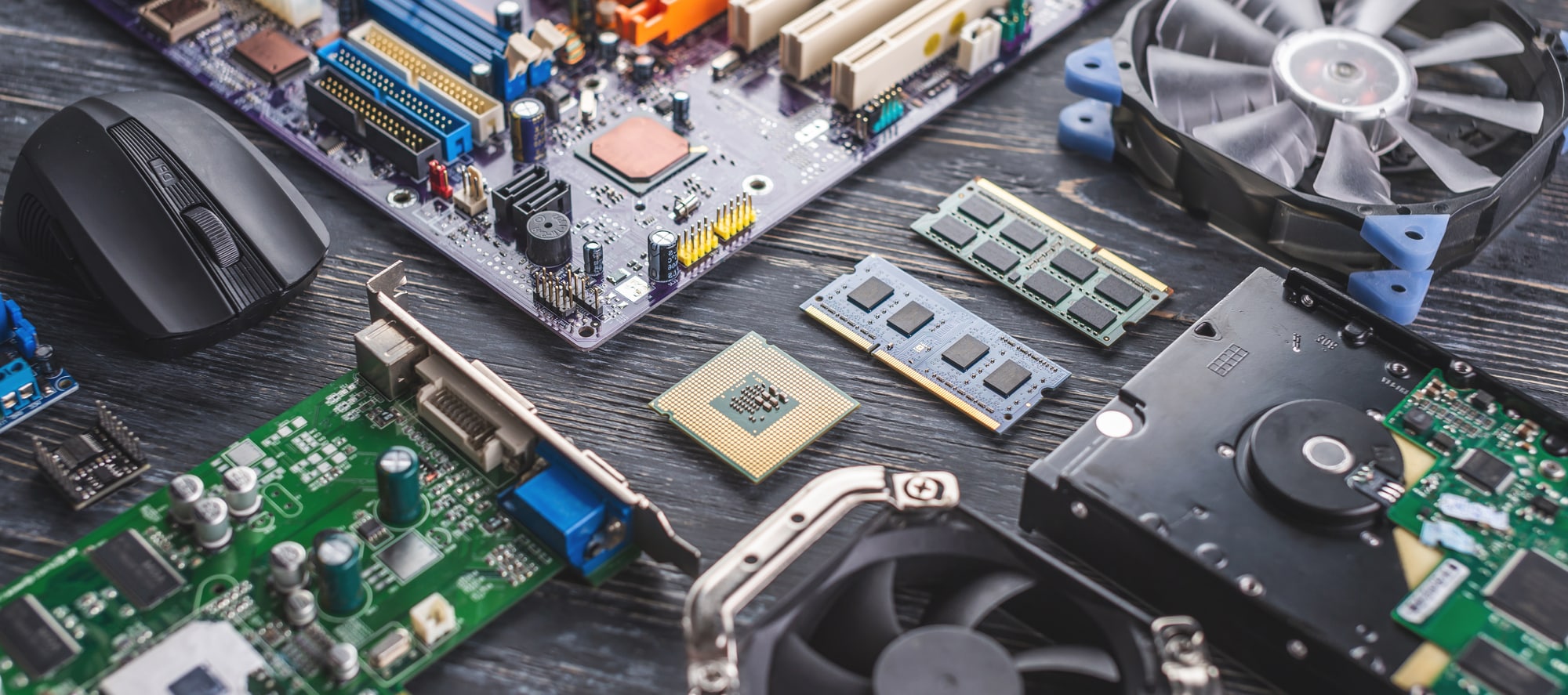
When we talk about the components of my PC, the first thing that can happen is to feel nervous about the amount of information that is presented to us and that we don't even know where to start processing it. But knowing the components of my PC can be a skill which will not only help you fix hardware problems, but also improve the performance of your computer.
In this article, We will show you how to see the components of your PC in Windows and why it is important to do so. You can read more about PC components in another of our articles about PC components
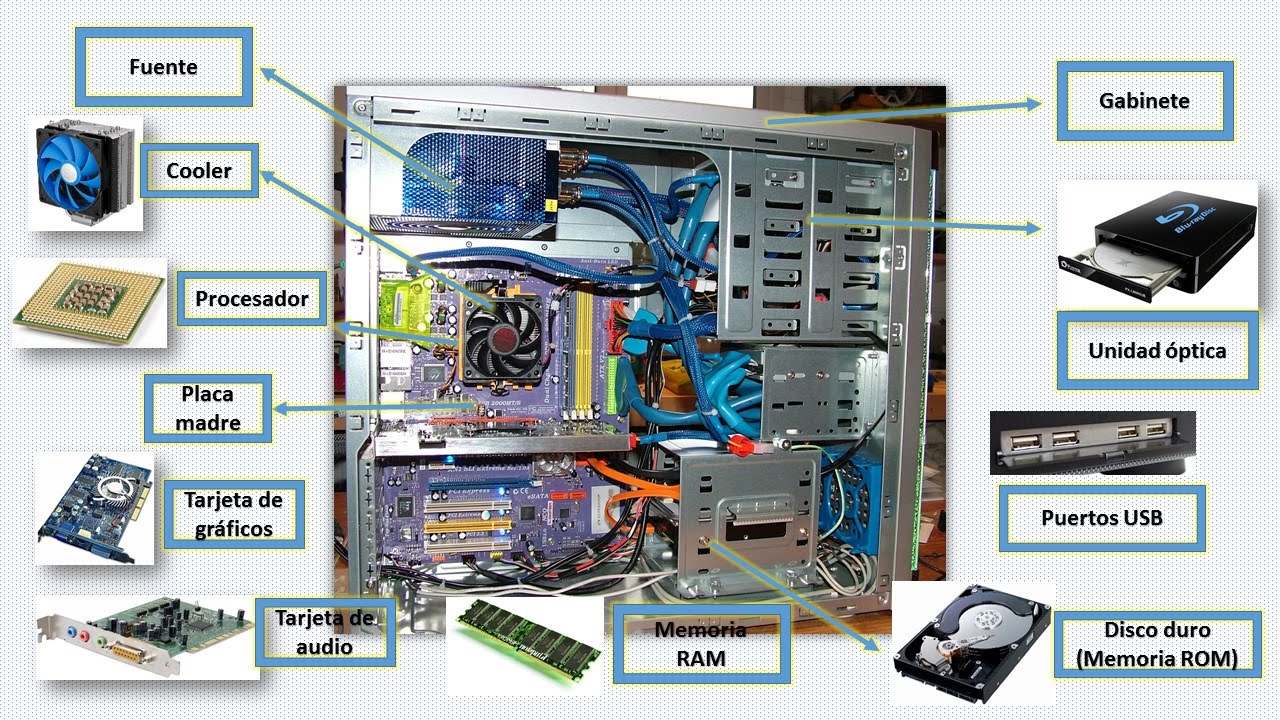
Why is it important to know the components of my PC?
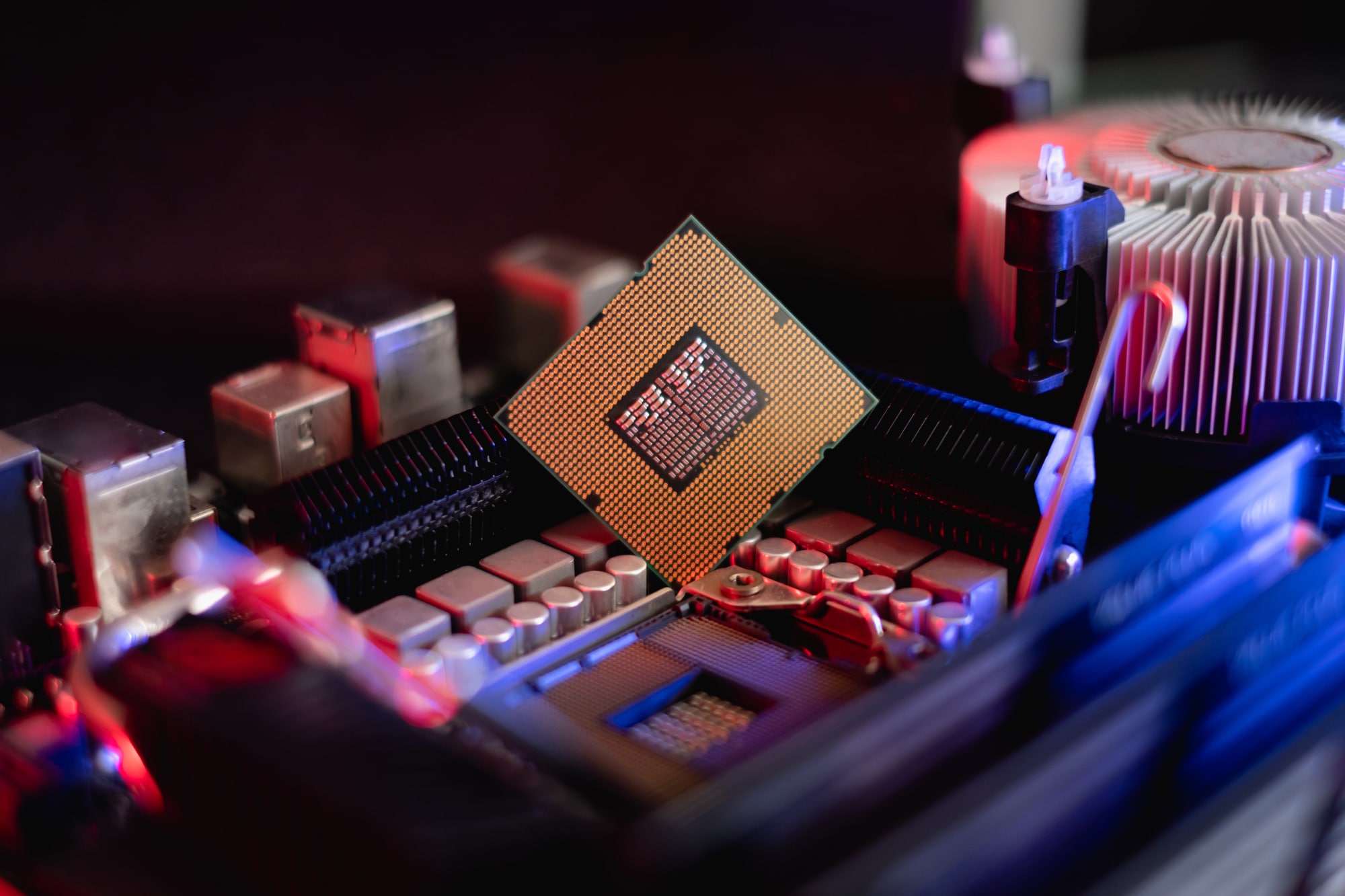
- Update components: Know the components of your PC is important if you want to update them. Knowing what components your computer has will help you determine which updates are possible and which are not.
- Fix hardware problems: Another reason why knowing your PC's components is important is that it will help you troubleshoot hardware problems. If your PC is not working properly, knowing what components it has will allow you to quickly identify the problem.
- Improve performance: If you know what components your PC has, you can easily identify bottlenecks that could be limiting its performance.
For example, if you're running resource-intensive applications and notice that your PC is running slower than normal, you might identify the problem as a lack of RAM. Knowing this, you could upgrade the RAM to improve the performance of your PC.
How to Open Device Manager in Windows

Device Manager is a Windows tool that allows you to view the hardware components of your PC.
To open the Device Manager, follow the steps below for the version of Windows 10. If you had a different version you would have to see how to do it, but it is usually quite similar in other Windows.
In Windows 10:
1. Click on the “Start” button in the bottom left corner of the screen.
2. Type “Device Manager” in the search box and click on the result that appears.
3. Device Manager will open.
View My PC Components Through Device Manager
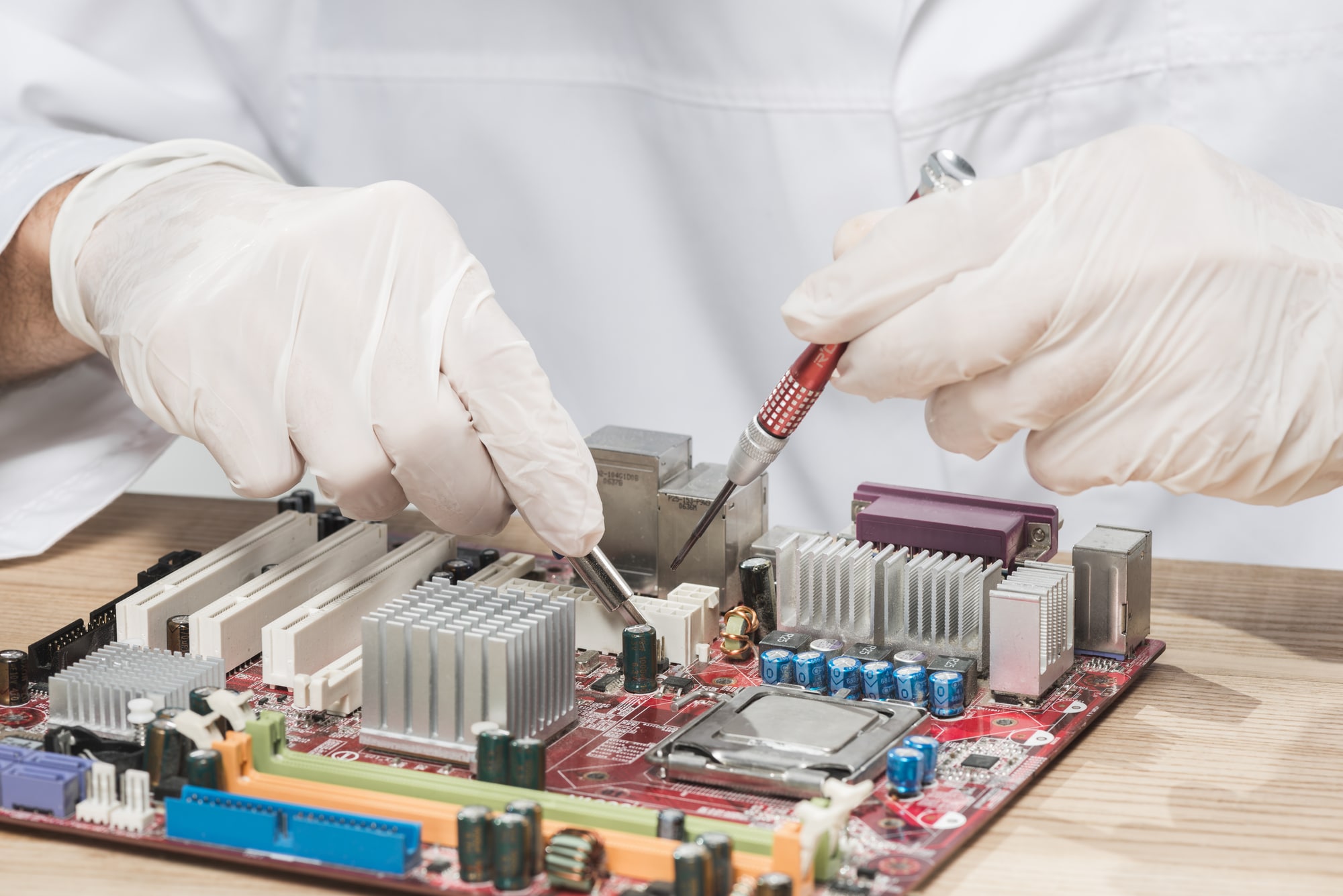
Once you're in Device Manager, you'll see a list of different types of hardware components. Here are some of the components you can find:
- Graphic card: The graphics card is the component responsible for displaying images on your screen. If you have a dedicated graphics card (rather than one built into your motherboard), it should show up in the "Display Adapters" category of Device Manager.
- Processor: The processor is the brain of your PC and is responsible for performing calculations and running programs. To find information about your processor, look for the "Processors" category in Device Manager.
- Motherboard: The motherboard is the main board of your PC and connects all the other components. You can find information about your motherboard in the "Motherboards" category of Device Manager.
- RAM: RAM is the component that temporarily stores data used by the processor. You can find information about your RAM in the "Memory Controllers" category of Device Manager.
- HDD: The hard drive is the component that permanently stores your PC's files and programs. You can find information about your hard drive in the "Disk Drives" category of Device Manager.
- Sound card: The sound card is the component responsible for producing sound on your PC. If you have a dedicated sound card (rather than one built into your motherboard), it should appear in the "Sound, video, and game controllers" category of Device Manager.
With these steps and explanations, you should be able to find and understand the different hardware components of your PC using Device Manager. In the next point, we will show you how to get more detailed information about your hardware components.
Other tools to see the components of my PC
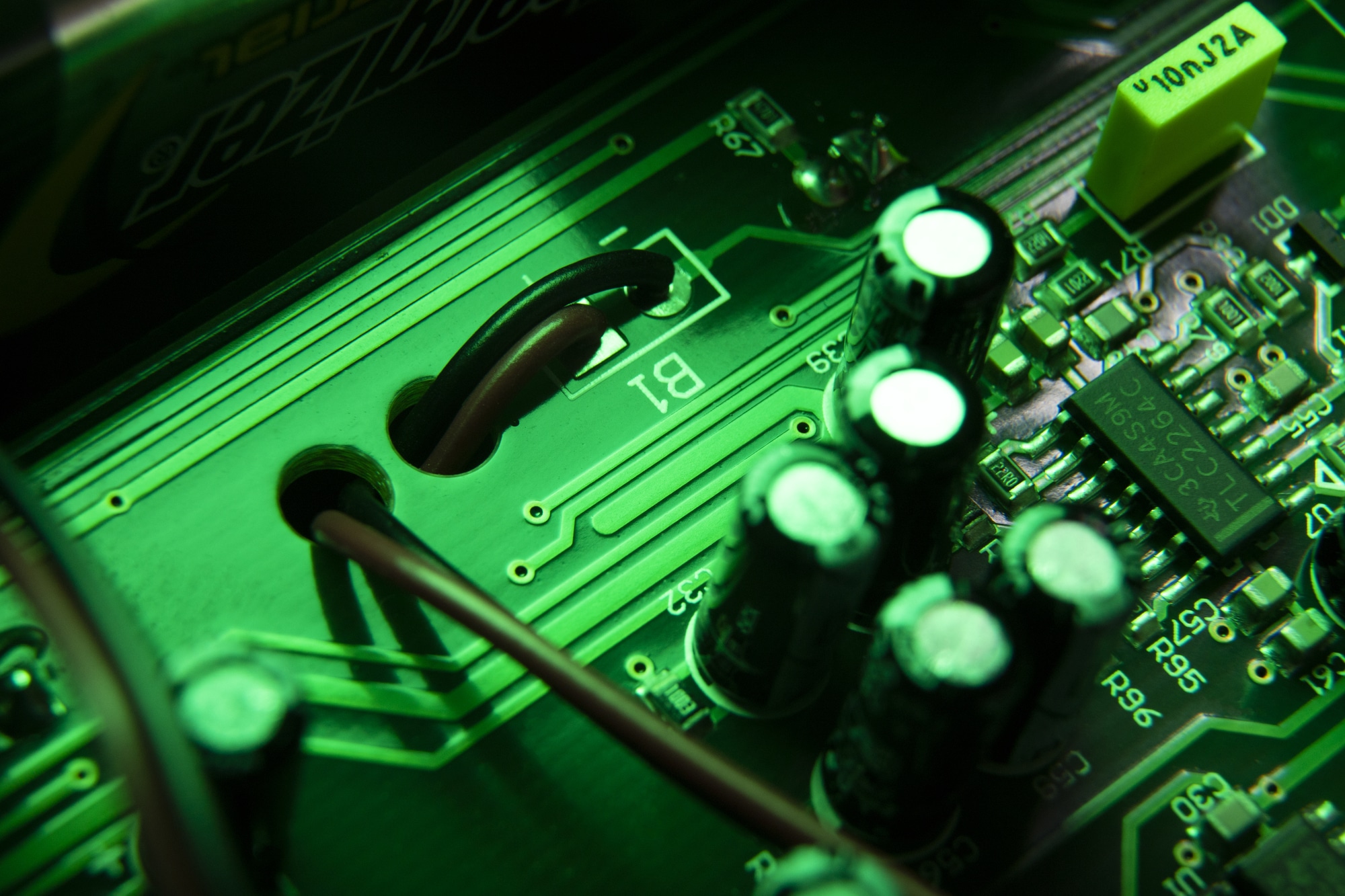
In addition to Device Manager, there are other tools that can be used to view the components of your PC. These tools can provide more detailed or specific information about certain components. Next, we will mention some of them:
- Windows System Information Program (msinfo32.exe): The Windows System Information Program is a tool built into the operating system that provides detailed information about your PC's hardware and software.
- Speccy: Speccy is a free tool that provides detailed information on the components of your PC. You can download it from here
- CPU Z: CPU-Z is a free tool that provides detailed information about the processor from your PC. You can download it from here
- GPU-Z: GPU-Z is a free tool that provides information detailed about graphics card from your PC.
These are just some of the tools available to view the components of your PC. If you want more detailed or specific information about a particular component, you may want to search for additional tools online.
Conclusion

Botton line, knowing the components of your PC is crucial if you want to keep it in good condition and improve its performance.
Through the Device Manager, we can get an overview of the devices installed on our computer and access relevant information as processor speed, hard drive capacity and amount of installed RAM.
We hope this guide has been useful for you to better understand the components of your PC.